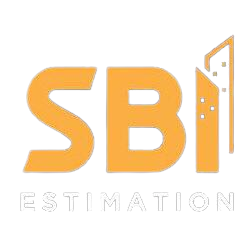MATERIAL TAKEOFF SERVICES
HIGHLY ACCURATE CONSTRUCTION TAKEOFF
We start analyzing the drawings, construction document blueprints and other documents outline the project broadly while simultaneously detailing the specifications.
The documents we’ve consulted in the first step will be used to make a thorough list of the items that the project requires. This list should be be extensive and detailed in order to complete an accurate material takeoff.
Final step is to calculating the quantities using systematic approaches.

HIGHLY ACCURATE CONSTRUCTION TAKEOFF
WHAT IS INCLUDED IN A QUANTITY TAKEOFF?

1 : Total Unit Count
The unit count must be accurate to enable the project to launch. This number functions as an estimate of building costs. Examples include pipe fittings, light fixtures, and other interior items.

2 : Lengths
The total length measurements of steel, pipes, and lumber must be tallied. These building materials are almost never priced in units, so the length serves as the best method for estimating cost.

3 : Surface Area Measurements
The total surface area is another way to produce material cost estimates. Surfaces made of materials like stone and roofing bidding materials cannot be itemized and priced in units.

4 : Three-Dimensional Measurements
Materials on a three-dimensional surface can be measured using cubic volume. This applies to earthworks where concrete and insulation materials can be measured in cubic volumes for takeoff.

5 : Weight
This method can be used in coordination with other methods. The weight calculation helps with the accounting for steel, backfill, and other materials.
